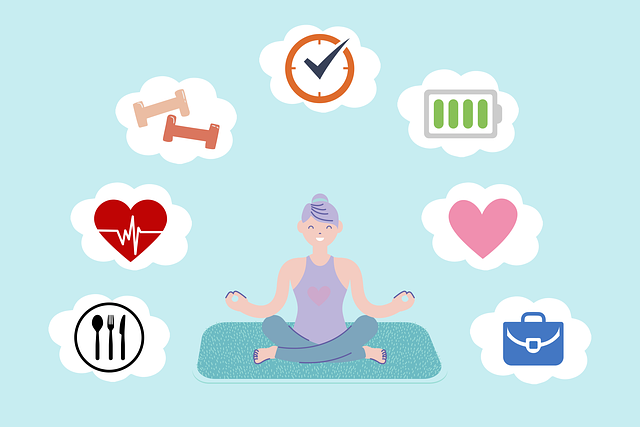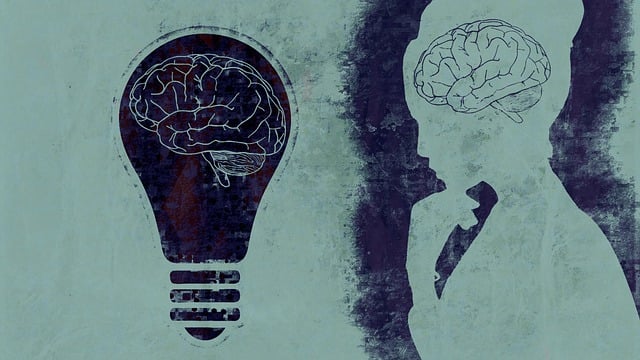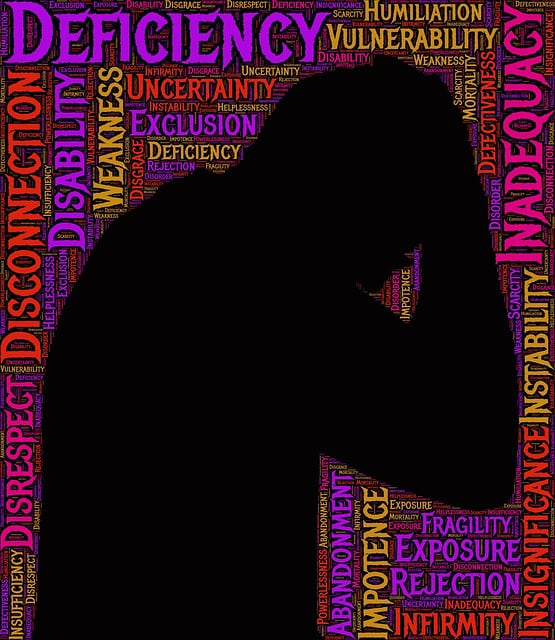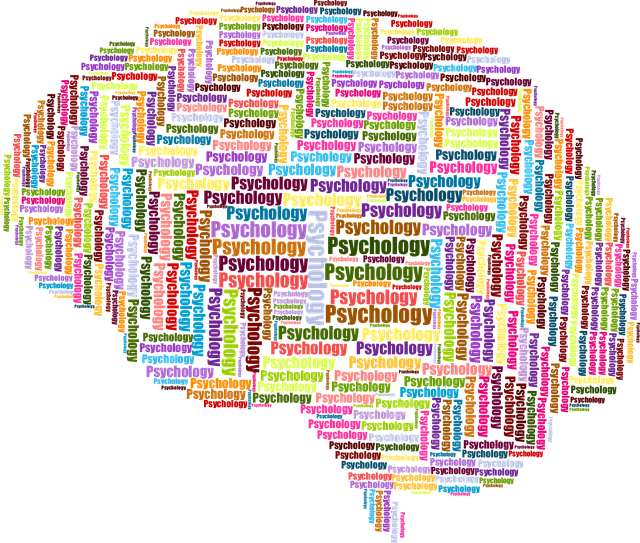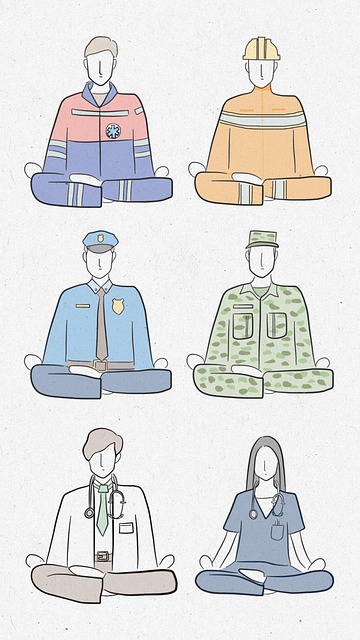In response to overlooked mental wellness among adolescents, Broomfield Adolescent and Teen Therapy apps offer discrete, convenient digital support. Integrating therapy, mindfulness, and empathy exercises, these apps enhance emotional resilience and coping mechanisms, especially in areas with limited access to traditional services. Customizable and adaptable like personalized therapy plans, they blend gamification, mood tracking, stress management, and trauma support, aiming to reduce stigma and build lifelong resilience. Effective marketing and community-building features are vital for user engagement, motivation, and retention.
Mental wellness apps are transforming access to therapeutic support, particularly for adolescents and teens. With rising mental health concerns among this demographic, innovative solutions like Broomfield Adolescent and Teen Therapy apps offer discrete, accessible care. This article explores the growing need for these digital tools, delves into essential features promoting effective therapy, outlines the app development process, and discusses strategic marketing approaches to ensure successful user engagement and positive impact on youth mental wellness.
- Understanding the Need for Mental Wellness Apps
- Key Features and Functionality in Adolescent and Teen Therapy Apps
- Development Process: Building a Therapeutic Digital Platform
- Marketing and User Engagement Strategies for Mental Health Apps
Understanding the Need for Mental Wellness Apps

In today’s fast-paced world, mental wellness is a crucial aspect often overlooked in our quest for overall well-being. This is especially true for adolescents and teens who face unique challenges, from academic pressures to peer relationships and self-discovery. Recognizing this growing need, many professionals are turning to innovative solutions like mental wellness apps to provide accessible support. These digital tools offer a discrete and convenient way for young individuals to engage with therapy, mindfulness practices, and empathy-building exercises, all of which contribute to improved emotional resilience and coping mechanisms.
The demand for such apps is evident, particularly in areas where access to traditional Broomfield Adolescent and Teen Therapy services might be limited. By integrating features like Mindfulness Meditation techniques, Risk Management Planning strategies for mental health professionals, and interactive Empathy Building Strategies, these apps cater to a wide range of user needs. They empower individuals with the skills to navigate their mental health journeys autonomously while offering valuable resources for those seeking professional guidance.
Key Features and Functionality in Adolescent and Teen Therapy Apps

In the realm of digital therapy, Broomfield Adolescent and Teen Therapy apps are designed to cater to the unique needs of young minds. Key features often include interactive and engaging tools that encourage open communication and self-reflection. These apps typically offer personalized programs focusing on various aspects of mental wellness, such as stress management, mood tracking, and coping strategies tailored to teens’ daily lives. By integrating elements like gamification and educational content, they foster a sense of agency and empower adolescents to actively participate in their therapy.
The development of these apps goes beyond mere functionality; it involves extensive research and collaboration with mental health professionals. Incorporating features like trauma support services and public awareness campaigns, these digital tools can enhance accessibility and reduce the stigma surrounding teen mental health. Moreover, by promoting positive thinking and resilience, they aim to equip young users with lifelong skills for navigating emotional challenges, ultimately contributing to their overall well-being.
Development Process: Building a Therapeutic Digital Platform

The development process of a mental wellness app mirrors the therapeutic journey itself—careful, thoughtful, and adaptive. Much like Broomfield Adolescent and Teen Therapy specialists create personalized plans for their clients, app developers must tailor digital solutions to diverse user needs. This involves understanding target demographics, identifying specific mental health challenges, and integrating evidence-based practices known to enhance emotional well-being promotion techniques.
Effective platforms should incorporate features that encourage self-care routine development for better mental health. These might include mood tracking, mindfulness exercises, virtual therapy sessions, community forums, and burnout prevention strategies specifically designed for healthcare providers dealing with high-stress workloads. By combining technology and therapeutic practices, these digital platforms strive to provide accessible and engaging tools for navigating complex emotional landscapes.
Marketing and User Engagement Strategies for Mental Health Apps

Marketing and user engagement are key aspects to ensure the success of a mental wellness app, especially when targeting adolescents and teens like Broomfield Adolescent and Teen Therapy. Creating a sense of community within the app can foster higher levels of user engagement. Implementing empathy building strategies through features that encourage peer-to-peer support and shared experiences can make users feel understood and connected. This sense of belonging is crucial for vulnerable populations, fostering loyalty to the app and increasing its adoption rate.
Incorporating interactive elements, such as personalized tracking charts, rewards systems, and gamified challenges related to anxiety relief and self-care routine development, can motivate users to actively participate in their mental health journey. These strategies not only promote continuous usage but also encourage users to develop healthier habits. Regular content updates, featuring expert insights, success stories, and educational resources, will keep the platform dynamic and appealing, thereby enhancing user retention and creating a go-to resource for adolescents seeking support.
The development of mental wellness apps, particularly those tailored for adolescents and teens, like Broomfield Adolescent and Teen Therapy apps, is a promising step towards enhancing access to therapeutic support. By integrating key features such as personalized counseling, mood tracking, and community forums, these digital platforms offer a convenient and engaging way to improve mental health outcomes. Through a meticulous development process and effective marketing strategies, developers can ensure these apps become valuable tools in the quest for better mental wellness, empowering users with the resources they need to thrive.

